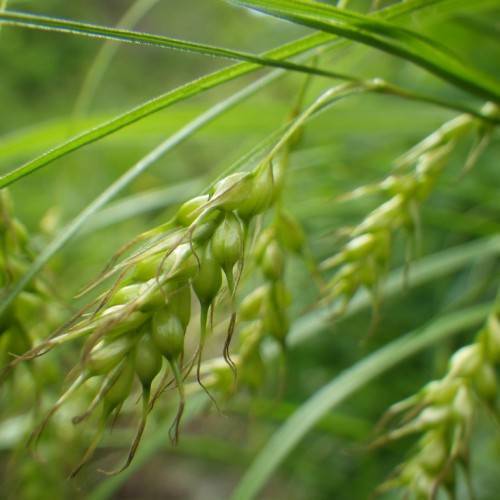
Longbeak Sedge
Carex sprengelii
Also Known As - Sprengel's SedgeWatering:
Average
Hardiness Zone:
Sun:
full sun,part shade
Leaf:
Yes
Growth Rate:
High
Drought Tolerant:
Yes
Care Level:
Medium
watering
Showy Sedge thrives in damp and moist soils, so it needs to be watered regularly - at least once every week and preferably twice a week - using a deep watering method. This means the soil needs to be watered more deeply than light, shallow watering, to ensure that it reaches the plant’s roots. Watering should be done in the morning or early afternoon so that any water on the leaves can evaporate off during the day. During hot weather, it is very important to water more often as the soil may dry out quicker due to evaporation. If the soil does dry out quicker, additional watering may be necessary.
sunlight
Showy Sedge plants require an adequate amount of sunlight to thrive. This species should be situated in an area that receives at least 4-6 hours of direct sunlight per day for optimal growth. The optimal time for Showy Sedge to receive direct sunlight is in the morning and afternoon, between the hours of 8am to 6pm. This will ensure that the plants receive a balanced amount of light to help them thrive and reach their full potential.
pruning
Showy Sedge should be pruned twice a year for optimal growth. Prune Showy Sedge once in the early spring just before new growth begins, and again in the late fall after the grasses go dormant. Prune lightly at each session, removing only the dead or damaged foliage and thinning the foliage to keep the grasses growing densely. When pruning in the spring, remove any old clumps of foliage that died over the winter and shape the plants as desired. When pruning in the fall, remove any damaged or yellowed foliage, and thin the foliage to keep the vegetation dense, but do not remove more than 1-third of the plants.
